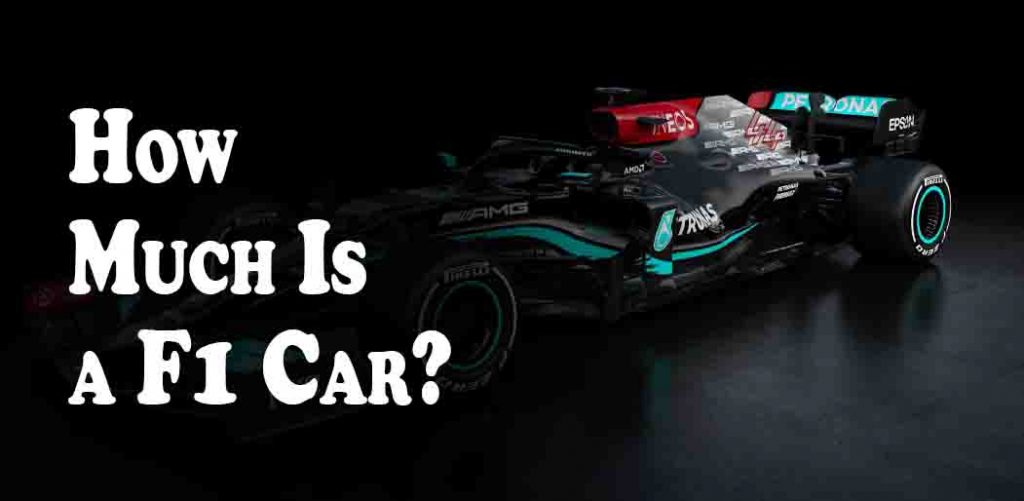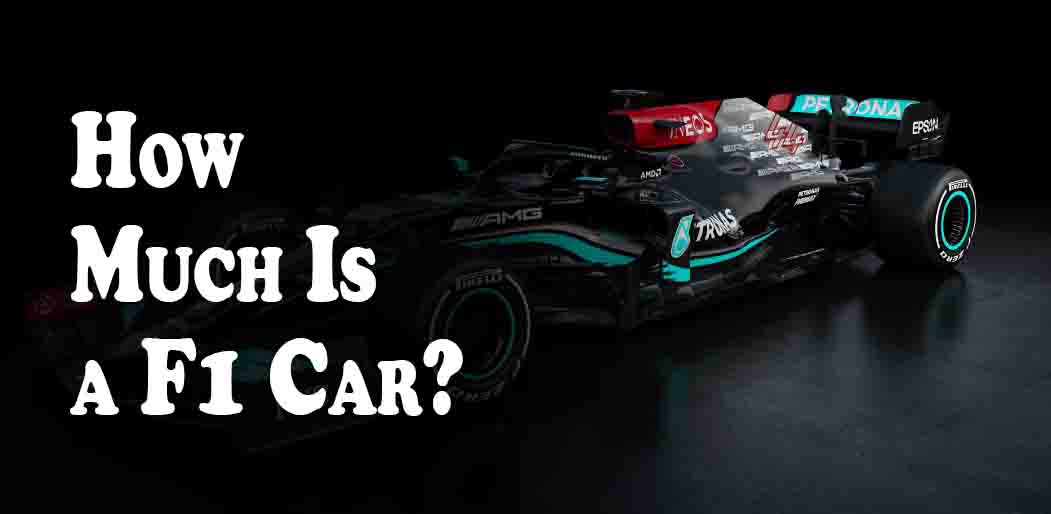A luxury sports car has become a symbol of wealth and status. They have been used to create a sense of style, glamour and sophistication. Some people can afford a Ferrari while others might not be able to buy a Mercedes Benz. The question that everyone asks is how much does it really cost.
The answer to this question depends on a number of things. A luxury car is usually very expensive because they are rare. Because of this, most of them cost more than $100,000. The price will also depend on the features and specifications.
It costs anywhere between $250,000 to over a million dollars for an average sports car. If you want something better than an ordinary one, then you need to spend even more. These prices vary depending on what model you choose and whether you want manual or automatic transmission.
Table of Contents
How Much Does an F1 Car Typically Cost?
There are lots of car models available today, ranging from tiny little cars to monster trucks. The most popular types of cars include convertibles, hatchbacks, coupes, sedans, SUVs, and more. This new information comes as teams are being made more transparent about the costs of their parts, after the FIA announced the new rules in 2021.

All drivers will play by the same rules. There are no exceptions. For some, cars are an investment. Others speculate they’re worth hundreds of millions. Some claim they’d even pay that much for an individual model. Either way, your car deserves the best treatment, and this is where you come in.
What Are the Most Expensive Parts of a Formula One Car?
F1 cars have always been considered to be the fastest vehicles in the world. They also cost a lot of money, but that doesn’t mean that they’re completely unaffordable. There are many ways to get cheap F1 parts, and you don’t need to spend thousands of dollars on them.
Here are some examples. First, you should consider buying an old car instead of purchasing brand new models. You can usually find a used model for less than $20,000. If you want to save even more, you could try to sell your current vehicle.
Carbon Fibre Monocoque and Chasis
After the carbon fibre, the next most expensive part of an F1 race car is the chassis, which can cost from several hundred thousand dollars to more than a million.
This high cost comes from several reasons. First, teams do a tremendous amount of research and development to build an aerodynamic vehicle shape that stays grounded around corners but speeds down straightaways. The F1 teams also invest an astronomical amount of research and design into their chassis to be light and strong.
The Gearbox
The gearbox is the next most expensive part of a Formula 1 car. Since the transmission needs to withstand high RPMs from the engine and respond flawlessly to driver shifts, it must be over engineered for peak performance.
The Engine Breakdown
The engine is, unsurprisingly, the most expensive part of an F1 car. An F1 engine is a supercharged, turbocharged, hybrid V6 engine.
Racing cars contain thousands of sensors that collect data on engine performance, like fuel-air mixture. Many people believe that a standard F1 car costs about $7.5 million, which is the majority of the cost of the car.
Other Parts
The parts that go into an F1 car cost more than $2 million each, but the total bill for the car itself is only around $80 million. The Grand Prix has an estimated price tag of $3-4 million. Although, because of their costs, they add even more millions for additional miscellaneous parts.
Although the cost of some of the most-expensive cars is estimated to be more than $13 million, the cost can mount when F1 drivers get into an accident and the vehicle needs to be fixed.
Are Formula 1 Cars Expensive to Fix and Maintain?
When you own a high-performance vehicle, you want to make sure that you keep it in top shape. This is why it’s important to know how much money you need to spend on repairs. If you don’t have enough cash lying around, then you should consider borrowing from your bank.
In order to save money when you’re fixing up a high performance vehicle, you’ll first need to determine whether you can afford to buy new parts. You might be able to get some used parts for less than the cost of buying brand new equipment.
If you decide to go with a completely rebuilt engine instead of purchasing a whole new one, then you will definitely end up spending more money. However, you could still find a way to reduce your repair costs.
You can also try to cut down on the amount of maintenance that you do by regularly checking the fluid levels. The best thing to do is to check them every two months.
How Does the Cost Cap Era Impact the Cost of an F1 Car?
When you’re looking at buying an expensive sports car, you want to make sure that you have enough money to pay for it. However, you also need to consider how much the cost will increase due to inflation. If you don’t know how the price of an item is changing, then you should look into the concept of inflation.
Inflation refers to a rise in prices over time. As the years pass by, the value of the currency goes down. This means that the same amount of money buys less. Therefore, the costs of goods and services are rising.
If you’re interested in purchasing a luxury vehicle, then it’s important to keep this in mind. You might be tempted to buy something that is priced very high, but you’ll end up spending more than you planned to when the year ends.
As long as you can afford your purchase, there isn’t any reason why you shouldn’t get the car that you really wanted.
Conclusion
When you’re at the race track watching an F1 race, you might be surprised to learn how much money teams spend on their cars. If you realize that an engine costs over $10 million, then you can appreciate how well it performs when speeding around a track.
In an F1 race, pay attention to which teams have the most sponsors and which teams also have the fastest cars. As more endorsement money comes into the sport, they’re able to ignore cost when building a racing machine, even when they know their competitors aren’t.

